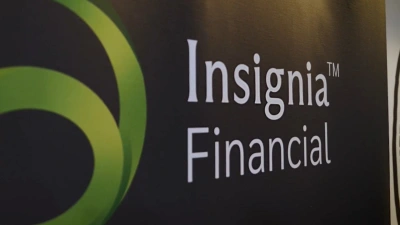Harnessing DBFO for client-centric fee models



Adviser Ratings has explored how advice businesses can adopt more transparent and client-centric fee models in 2025.
The first tranche of the Delivering Better Financial Outcomes (DBFO) reforms, which was passed by Parliament in July 2024, included key changes around modifying the collection and disclosure of fee arrangements.
In particular, the removal of fee disclosure statements (FDS) has reduced the administrative burden on advisers to provide detailed information regarding fees and services to clients on an annual basis.
Additionally, advisers can now combine multiple consent forms into one form and have gained greater flexibility in the renewal period for client consent.
With many of these changes having already commenced on 10 January 2025, this has prompted advisers to reconsider their fee structures and collection methods for the year ahead.
“One of the key trends emerging in the financial advice landscape is the adoption of client-centric fee models,” Adviser Ratings highlighted.
“The DBFO streamlining of fee processes allows practices to focus more on client engagement and developing innovative service models that align with the evolving needs of their clients.”
According to the research house, these models enable practices to calculate fees based on client satisfaction, retention and growth by aligning fees with the value that advisers bring to their clients.
“This approach fosters trust and transparency and ensures that fees are commensurate with the benefits clients receive.”
With average advice fees rising another 4 per cent in 2025 to $4,744 per year, these strategies will be crucial to justify increasing prices and effectively demonstrate the value of advice to clients.
Advice firms that effectively implement client-centric fee models are doing so through:
- Tiered service models offering different levels of service at corresponding price points.
- Clear articulation of value proposition and fee structures.
- Leveraging technology to improve service delivery efficiency.
- Enhanced transparency in fee disclosure and collection methods.
Honing in on the technology point, Adviser Ratings noted that forward-focused businesses are leveraging digital solutions to strengthen the efficiency of fee collection, such as automated fee collection through platforms.
“As advice practices are emerging at the top of the financial services value chain, both financially and from a public good perspective, the evolution in fee structures and collection methods is a crucial part of this transformation, supporting practice sustainability and broader access to professional financial advice,” it added.
“Successful practices in 2025 and beyond will be those that can effectively leverage these regulatory changes to create more efficient, transparent, and client-centric fee models.”
Assured Support managing director, Sean Graham, recently encouraged advisers to re-evaluate their practice’s value proposition this year, which starts with conducting a client feedback survey to understand where the strengths and weaknesses lie in the business.
Graham said: “Clients no longer pay for access to information – they pay for clarity, confidence and results. Reflect on how you deliver those outcomes. Are you highlighting them enough? If not, revise your messaging to ensure it reflects your unique value.”
Recommended for you
Net cash flow on AMP’s platforms saw a substantial jump in the last quarter to $740 million, while its new digital advice offering boosted flows to superannuation and investment.
Insignia Financial has provided an update on the status of its private equity bidders as an initial six-week due diligence period comes to an end.
A judge has detailed how individuals lent as much as $1.1 million each to former financial adviser Anthony Del Vecchio, only learning when they contacted his employer that nothing had ever been invested.
Having rejected the possibility of an IPO, Mason Stevens’ CEO details why the wealth platform went down the PE route and how it intends to accelerate its growth ambitions in financial advice.















